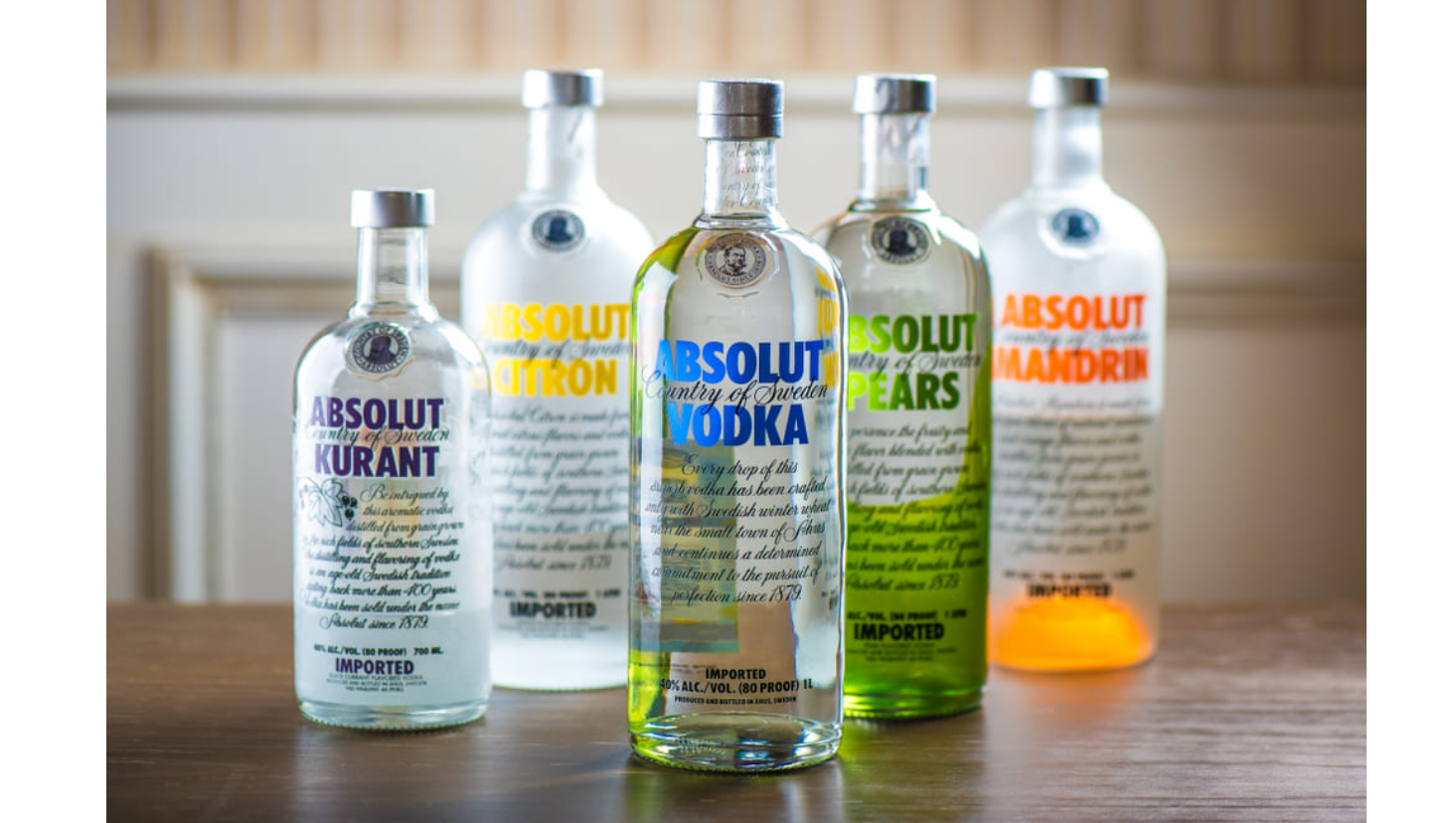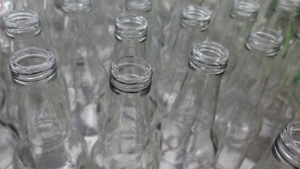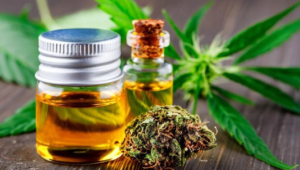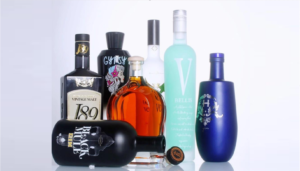Common liquor bottle sizes
Getting your ideal spirit bottles from liquor bottle manufacturers ensure your glass liquor bottles wholesale priceing high quality. Creative liquor bottle shapes differentiate your custom liquor bottles designing outstanding on store shelves. Apart from unique glass bottles for liquor packaging, selecting proper liquor bottle sizes is essential market strategy. Seekbottles, as one of the largest glass bottle manufacturers in China, providing high-end liquor bottles ranging from miniatures, standard 750ml glass bottles, 70 cl bottle, 1 Liter alcohol bottle to large sizes liquor bottles.
– 50 ml: The miniature liquor bottles also known as “nips” or “airline bottles”. These small liquor bottles typically hold around 50ml of spirits.
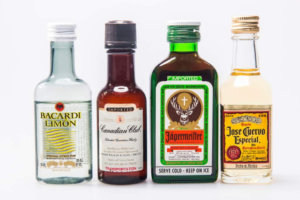
– Split bottles: A split bottle contains 187.5ml which is often used for single servings or as samples.
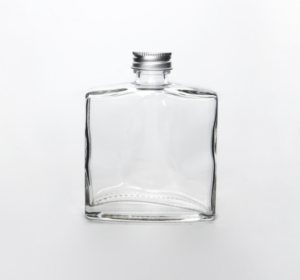
– 375ml: 375ml bottle is also called a pint bottle, which is half the size of a standard 750 ml bottle. Pint-sized bottles are commonly used for individual consumption or as a convenient option for mixing cocktails.
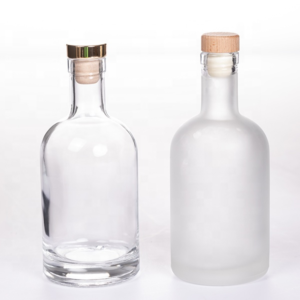
– 500ml: The 500ml liquor bottles are quite common in the EU marketplaces, especially for liqueurs and specialty spirits like distilled whisky, gin, rum.
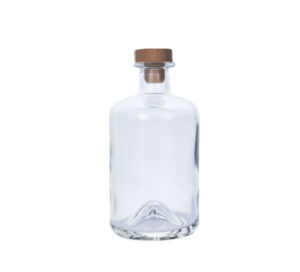
-700ml: 70 cl bottle is standard liquor bottle size for spirits in many European countries, including the United Kingdom, Spain and Germany.
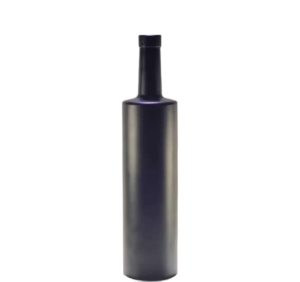
– 750 ml: 750 ml bottles are standard liquor bottle sizes for wine and spirits in US, Mexico, Canada and other countries throughout the world.
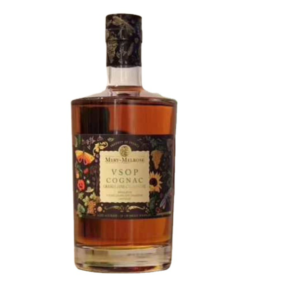
– 1 liter: 1 liter liquor bottle holds 1000ml, which is common in USA, Mexico, Canada and EU. The spirit bottles are often preferred by those who consume liqueur more frequently or require larger quantities for events or parties.
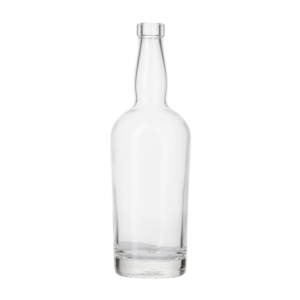
-1.5 liters: 1.5 L bottle is known as Magnum, which is equivalent to two standard 750ml glass bottles. These larger bottles are commonly used for special occasions, celebrations, or when entertaining a larger group of people.
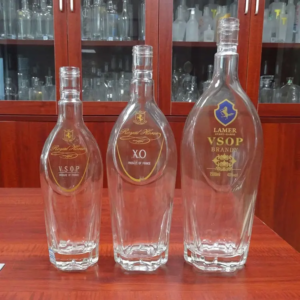
– 1.75 liters: The larger 1.75-liter bottle size, known as half gallon, is favored by individuals or establishments that require larger quantities of liquor.
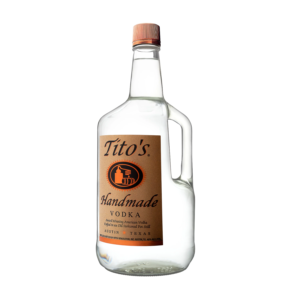
Why Miniature bottles are popular for liquor packaging?
Miniature bottles are small liquor bottles holding 50 ml vodka, whiskey, gin spirits or other alcohol. Liquor brand owners often use Miniature bottles for new product launching to attract consumes to try a fresh test. This small scale glass bottle offers an easy way to people walking by without committing to purchasing 750 ml bottles.
- Sampling: Miniature bottles are ideal for product sampling, especially at liquor stores or promotional events.
- Travel: It is convenient to bring Miniature bottles of spirits on a trip, as they are easy to pack and don’t take up much space.
- Gifts: Miniature bottles are affordable and offer a fun way to present a variety of spirits, which is perfect for gifts or party favor are often used as gifts or party favors
- Collection: Some people collect miniature bottles as a hobby or for display purposes.
Why 750 ml bottles are standard sizes for liquor and wine?
750ml glass bottles have become the standard liquor bottle sizes popular for vodka, whiskey, bourbon, gin, rum, tequila, brandy and other spirits. Also, wine bottles like Burgundy, Bordeaux, Champagne bottles use the 750ml bottles.
One of the main factors is historical adoption and regulatory standards. It is believed that this size was initially established in the United States during the Prohibition era when spirits were distributed in medicinal bottles of 750ml. After the repeal of Prohibition, this size was already familiar to consumers and was widely accepted.
Another reason for the popularity of the 750ml bottle is its practicality. It offers a reasonable quantity of liquor that can cater to individual consumption or be shared among a small group of people. It strikes a balance between providing enough volume for enjoyment and being a manageable size for storage and transportation.
2023 market trends for 750 ml glass bottle
Oslo bottle
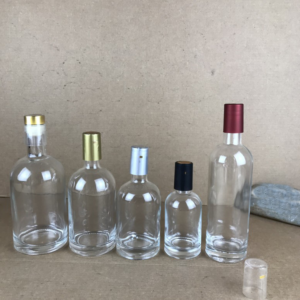
Oslo bottle, also famous known as Nordic bottles, is one of the classic spirit bottles. 375ml and 750ml Oslo bottle is especially popular for high-end vodka, gin, rhum, such as Absolute vodka.
Arizona bottle
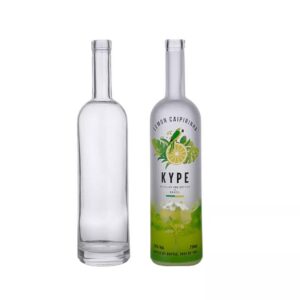
Arizona bottles are sleek design, tall and thin with thick bottom, perfect for hand holding. 750ml Arizona bottle or 700 ml bottle, like Belvedere, Grey Goose are well-known vodka brands.
Square whiskey bottle
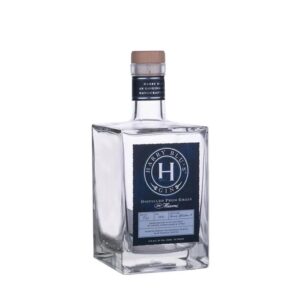
Whiskey in square bottle presents a new and fresh appearance on the store shelves compared to round whiskey bottle. Square bottle whiskey brands like Jack Daniel’s, Jonnie Walker use 750 ml glass bottle commonly.
Round liquor bottle
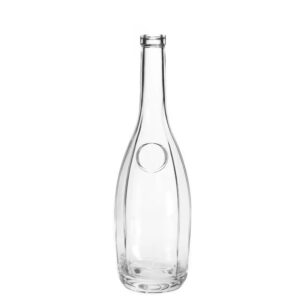
Liquor round bottle is traditional and preferred by many distilleries. Round 750ml liquor bottle for bourbon, whiskey, tequila, brandy or cognac make your high-end spirits attractive to consumers.
Flip top bottles for liquor spirits
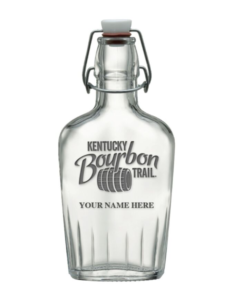
Swing top bottles are easy to open and close, reusable and airtight to keep you liquor fresh. 750ml swing top bottles or 1 liter glass swingtop bottle is creative for vodka, whiskey, rum spirits. Custom swing top bottles ensure your liquor packaging outstanding on shelves.
Why Magnum and other large sizes of liquor bottles are less common?
- Cost: Larger liquor bottle size requires, for example Magnums, 1.75 liter half-gallon, tend to be more expensive than 750ml glass bottles. This will make large glass liquor bottles less common n the market.
- Limited demand: The demand for larger bottles is generally lower, which are special liquor bottle sizes for occasions, gathering or celebrations. Most consumers prefer smaller bottles as they are more convenient for everyday use, sharing with a few people, or gifting.
- Storage: Larger bottle sizes take up more space and may not fit in standard refrigerators or wine racks.
- Shelf life: Additionally, once the larger bottles are opened, they need to be consumed within a shorter time to maintain the fresh taste of spirits and wine.
The history development of liquor bottle sizes
The development of liquor bottle sizes has evolved over time and has been influenced by various factors such as consumer preferences, industry standards, regulatory requirements, and economic considerations. Here is a brief history of the development of liquor bottle sizes:
Early History:
In the early days of liquor production, bottles were typically hand-blown and varied in size and shape. There were no standard sizes, and bottles were often reused or refilled. This lack of standardization made it challenging for producers, distributors, and consumers to establish consistent measures.
Prohibition Era:
During the Prohibition era in the United States (1920-1933), the production, sale, and distribution of alcoholic beverages were prohibited. However, this led to the rise of illegal alcohol production and distribution, with bottles being smuggled and sold in various sizes and quantities.
Post-Prohibition standardization:
After the repeal of Prohibition, the liquor industry sought to establish standard bottle sizes to streamline production, distribution, and sales. The industry recognized the need for consistent measures to meet consumer demands and increase efficiency.
The 750 ml standard:
In the late 1970s, the 750 ml bottle size was adopted as the standard in the United States. This decision was largely influenced by the metric system’s growing popularity and the desire for international alignment. The 750 ml size replaced the previously common 1/5 gallon (757 ml) bottle.
International harmonization:
Over time, efforts were made to harmonize bottle sizes internationally, particularly among major spirits-producing countries. The goal was to facilitate global trade and standardize packaging. This led to more consistent bottle sizes being adopted in various countries, while still allowing for some regional variations.
Diversity in sizes:
While the 750 ml bottle remains the standard size in many countries, smaller and larger sizes have also been introduced to meet different market demands. Smaller sizes, such as the 50 ml miniature or nip, became popular for single servings or sampling. Larger sizes, like the 1.75 liter, often referred to as a handle or a fifth, gained popularity for parties, events, or bulk purchases.
What factors you need to consider when select the liquor bottle sizes?
1. Consumer preferences: It is crucial to understand the preferences and buying behaviors of consumers. Researching market trends, conducting surveys, and analyzing sales data can provide insights into the preferred bottle sizes among target consumers.
2. Market competition: Understanding the range of bottle sizes they offer and identifying any gaps or opportunities can help in determining the optimal bottle sizes to stand out and meet consumer demands.
3. Cost analysis: The cost of production, packaging materials, labeling, and transportation can vary depending on the size. It is essential to strike a balance between production efficiency and meeting consumer demand while considering the overall cost-effectiveness.
4. Shelf space and display: Consider the available shelf space in retail stores and the ability to effectively display the product. It’s important to ensure that the chosen bottle sizes can be easily showcased and attractively presented to consumers.
5. Brand image and positioning: The chosen bottle sizes should align with the brand’s identity, target market, and overall marketing strategy. Certain bottle sizes may convey exclusivity, while others may communicate affordability or convenience.
7. Regulatory and legal requirements: Ensure compliance with any regulatory or legal requirements related to bottle sizes in the region or market. For instance, 750 ml bottles are standard liquor bottle sizes in USA, Mexico, Canada, while 70 cl bottle is the standard in EU. 500ml bottles for whisky spirits are common in UK while they are not acceptable in the United States of America.
Conclusion:
Top quality glass bottles give your liquor and spirits flint experience, elegant design, cool touch, visual appealing. For liquor brand owners of vodka, whiskey, gin, rum, tequila, brandy, wonderful glass containers convey your brand story and value to consumers. As spirit bottle manufacturers, Seekbottles custom glass bottle manufacturers expertise in custom glass bottles and unique personalization services to make your liquor bottles win competition.

